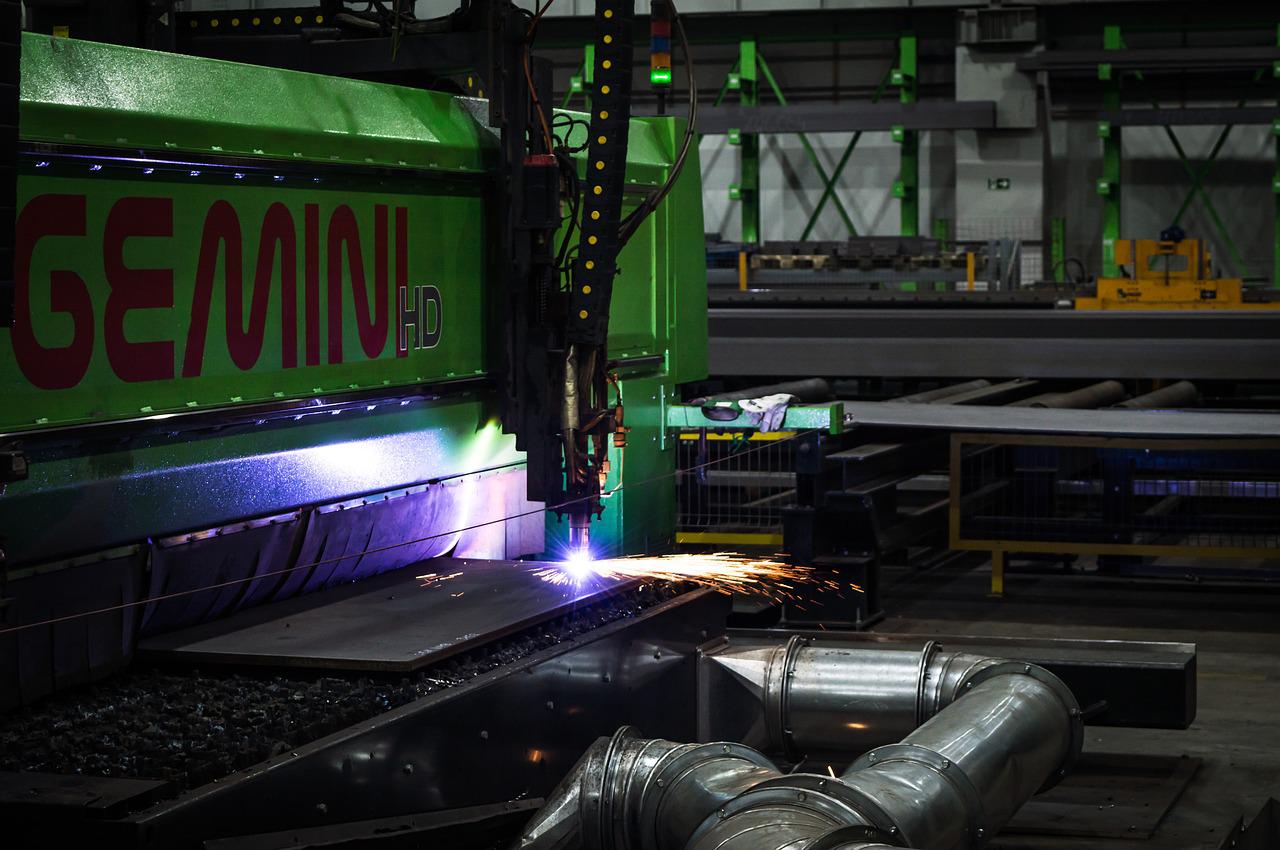New manufacturing process improves metal component strength by 15%

A team of scientists from the National University of Science and Technology in Moscow has devised a new production method for making aerospace composite parts which gives them a final strength improvement of 15%, compared to that of conventional parts made of materials such as titanium alloys, that are omnipresent and widely-used in the aerospace industry.
More specifically, the method combines laser and isostatic pressing and works exceptionally well on titanium-silicon composites that are currently considered exotic. This is because titanium’s high chemical reactivity makes it impossible to work within the conventional liquid state manufacturing methods, so fabricating these parts has remained a dream.
Still, their ultra-high tensile strength, stiffness, resistance to oxidation, and extreme temperatures have kept scientists occupied with finding a feasible way to produce them.
The researchers demonstrated that it’s possible to apply a method that combines laser powder bed fusion and encapsulated hot isostatic pressing to derive a high-quality titanium alloy matrix reinforced by silicon carbide fibers. The parts come out in elementary blocks, and then the engineers give them their final shape via assembly. The high pressure and high temperature shrink the gaps between the matrix and the fiber, and given enough time, results in complete diffusion and a strong joining.
After a successful round of experiments that proved the project’s feasibility, the scientists conducted strength and stiffness measurements on the final products, finding that they were 15% higher than components made out of titanium alloys. In addition, x-ray tomography revealed the total absence of structural defects, which would be catastrophic in aerospace applications where tiny imperfections that aren’t visible on technical inspections can quickly escalate to catastrophes.
If this method is adopted at scale, the ceramic-metal hybrid of titanium silicon carbide might become more widely available, redefining aerospace design and helping engineers push the limits even further.

 Tech Steel & Materials
Tech Steel & Materials